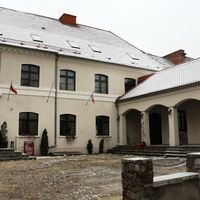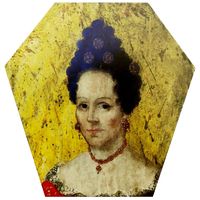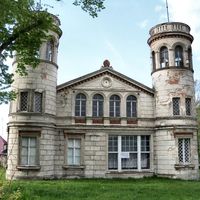Wschowa
6.25

Overview
The municipality of Wschowa, established on January 15, 1976, through the renaming of the municipality of Przyczyna Dolna, has its seat in the town of Wschowa. In February 1991, the town and the municipality were merged, forming an urban-rural municipality. Until 1998, the municipality belonged to the Leszno Voivodeship, and after the administrative reform of 1999, it became part of the Lubusz Voivodeship. From 1999 to 2001, it was part of the Nowa Sól County, and since 2002, it has been part of the Wschowa County. The municipality covers an area of 198.3 km², of which 62% is agricultural land and 26% is forested. According to data from June 30, 2004, the municipality had a population of 21,686, accounting for 31.74% of the area of Wschowa County. Wschowa boasts a rich history dating back to the Middle Ages. The town features notable architectural landmarks, such as the Baroque Church of St. Lawrence and remnants of defensive walls. Known for its traditions and local culture, Wschowa organizes various cultural events that attract both residents and tourists. A unique aspect of the municipality is its multicultural heritage, shaped by long-standing German and Polish influences. The municipality borders several other municipalities, including Niechłów and Sława, contributing to its local integration. Wschowa is an important point on the regional map, blending a rich history with dynamic modern development.
Location
You can also find here:
2025 Wizytor | All Rights Reserved


